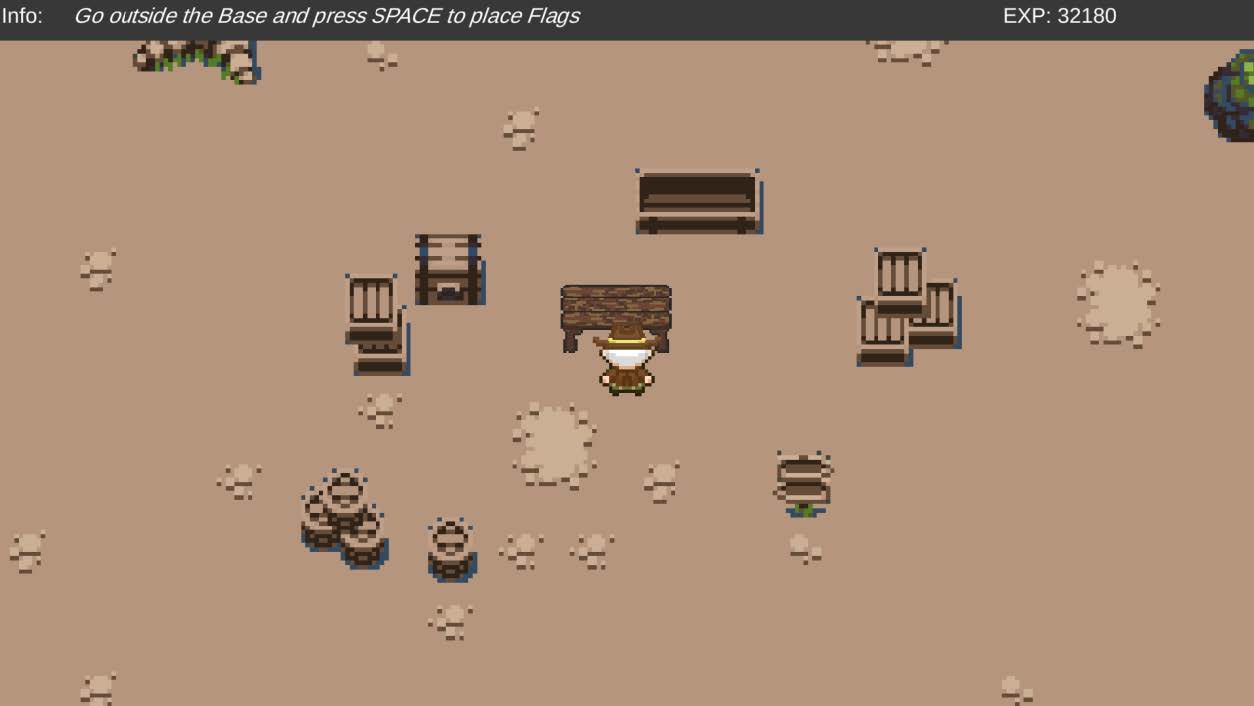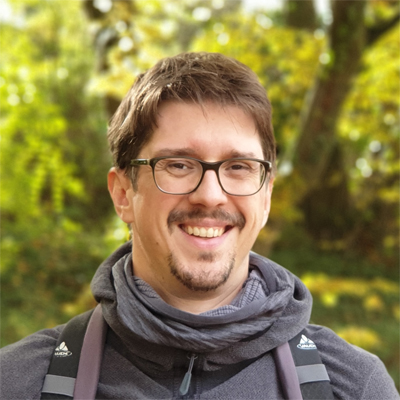I already wrote about creating a course Part 1, Part 2 and Part 3 and this is my final Part 4. In my interdisciplinary course, different student groups did create an Archaeogame. I taught the course together with my colleague from Digital Humanities. Today, we finally release all the games and you can play them too!
Where to find the final games
So the publication of the games took place via Zenodo, a great site to store and share files. The landing page however, is stored at my university and now officially part of our Digital Archaeology page. You can find the links to the games as well as some information about them there.
Please be aware though, that some games are in German and some are in English. Also, the games are meant as a prototype and might be buggy. I had only minor problems with them, but still love the concepts, graphics, and stories.
What the games are about
So you can read short introductions on the website mentioned above, but let’s talk about the overall theme. These games were supposed to be concerned with the overall topic of Archaeogames. So they either should depict the past itself, or the profession of Archaeology or both. And that is what they do really. While games like Archaios, Excavation Manager 2022, and XCavate try to teach you about the profession, games like Expedition Exhibition and Rise of Zeus teach about the past. Boni’s Level, (Re)Discover, and Robbin Goods combine the past and the present.
Each game is unique and I can tell from knowing the student groups, that they really put effort into these games. We should not forget that the games were part of a course and students have to do many courses each semester. Creating games is very time intensive and I think that they did a wonderful job! Please consider this while playing the game and stumbling over one or two bugs.
My final thoughts
I really would like to know what you think of these games. Please consider leaving a comment down below or contacting me via the Contact form. We are currently thinking about offering the course once more and I really could use some feedback, so the next batch of games can get even better. I would also like you to share this post with interested Archaeogaming or Historygaming groups as they might enjoy this as well.
My last thanks are going to the 41 students who participated in the course and offered their sweat and heart to create eight wonderful games. I also thank my colleague Valentina from the Digital Humanities, that was supervising the non-archaeological more technical part of the course.







